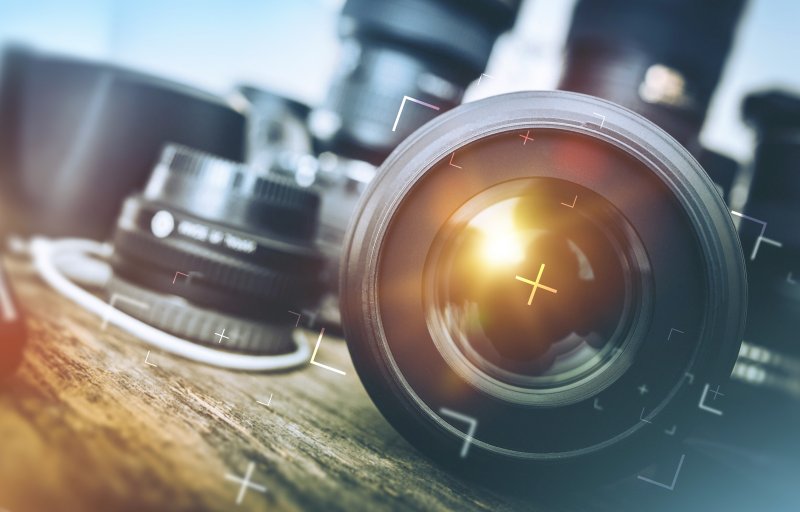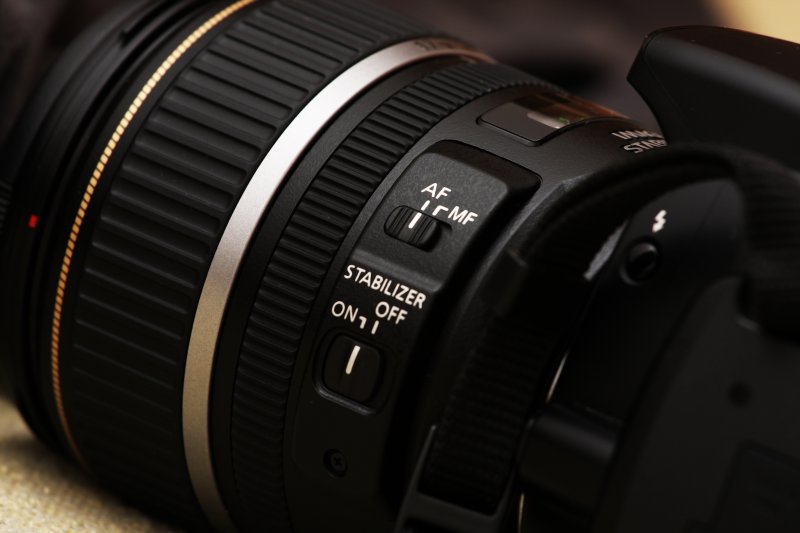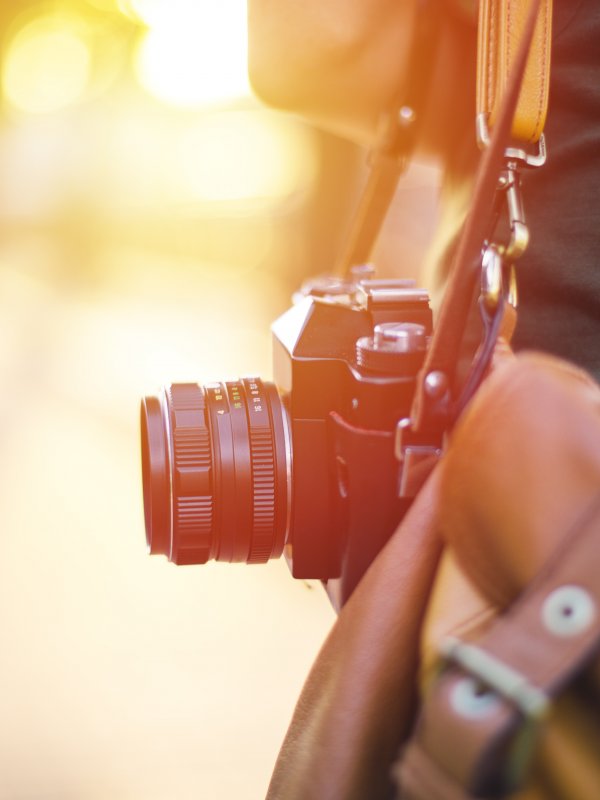It’s always tempting to buy a new camera when you are just about to head off for a trip abroad.
There are some cameras that have been specifically designed for life on the road, and whether you are looking for the opportunity to take your travel photography to a whole new level, or you are simply looking for a camera that can easily fit into your pocket, the perfect travel camera is out there for you.
Best travel cameras – buying guide
There are five features to help you find the best travel cameras in 2018. A camera that has several of these characteristics, as listed below, will definitely give you what you are looking for.
Viewfinders
If your trip is to somewhere sunny, you should consider getting a camera with a viewfinder. This is because even the best screens can be difficult to see in direct sunlight. Since viewfinders are protected from the light, they make the framing easier to do and the image easier to see and so provide an unhindered shooting experience. Viewfinders are less common in budget camera models.
Many CSCs and premium compacts come with electronic viewfinders which relay a bright, clear preview to a high-resolution small display. DSLR cameras often have optical viewfinders, which provide a natural, unaltered image. While less effective variants of EVFs are prone to flickering and lag, better EVFs are very useful in night/low light conditions and can also give a truer impression of what will be captured by the camera.

Weather-proofing
It is a good idea to consider getting a weather-proof camera for your trip, unless you happen to be a strict fair-weather traveler. Also, if you are going for an adventure holiday, a fully-rugged camera will serve you well. They are designed to withstand water immersion for extended periods, as well as knocks and drops.
Most standard cameras, although not as extreme, still come with a level of weather protection. Some premium compacts are drip and dust-proof. So you can rest easy when shooting in the rain. It is also possible for you to find DSLRs that are weather-sealed – relying on seals and rubber housings to ward off moisture. However, for full protection, lenses also need to be weather-sealed.
Connectivity
There are cameras with Wi-Fi built in to facilitate sharing your latest images without a cable or PC in sight. Some models also have NFC for contactless file transfers. You can also control your camera with your phone using Bluetooth. Models that come with a partner app will enable you to trigger the shuttle from afar.
Dimensions vs. battery life
Compact-system cameras maintain a balance between portability and image quality. They offer the option of multiple lenses and are still lighter than DSLR. Bigger cameras, however, have better battery life and compacts trade battery life for their smaller size.
Image stabilization
Image stabilization technology reduces the effect of camera movement or hand-shake on the image. There are basically two types: lens-shift and sensor-shift. In the former, the lens moves to compensate for shake while in the latter, the sensor moves to compensate for shake.

Cameras for your consideration
- Panasonic Lumix ZS200/ TZ200
- Panasonic Lumix GX800
- Panasonic Lumix G9
- Panasonic Lumix ZS50/TZ70
- Sony Cyber-shot RX 100 V
- Sony Cyber-shot HX90V
- Canon G1X Mark III
- Sony A6000
- GoPro Hero6 Black
- Sony Cyber-shot RX10 IV
- Canon PowerShot SX730 HS
If you don’t mind a slightly bulkier bag, there are three alternatives that you might prefer over a dedicated travel zoom compact – a mirrorless camera, a bridge camera, and a DSLR. If you’d love a range of cameras that can fit into your car seamless for all round memory capture, you can visit the range of products available on TadiBrothers.
 TravelDock
TravelDock 